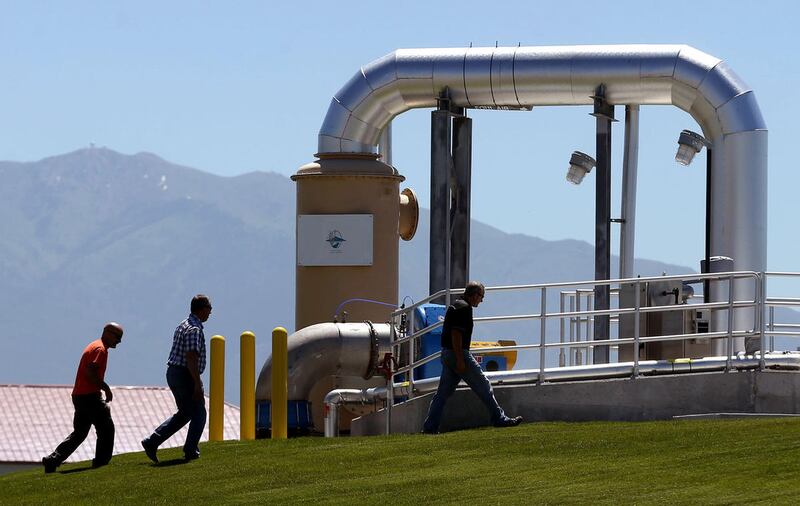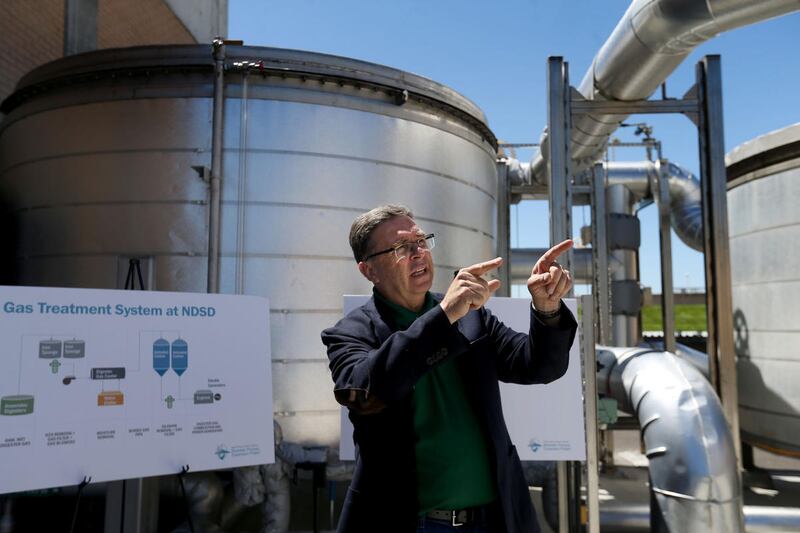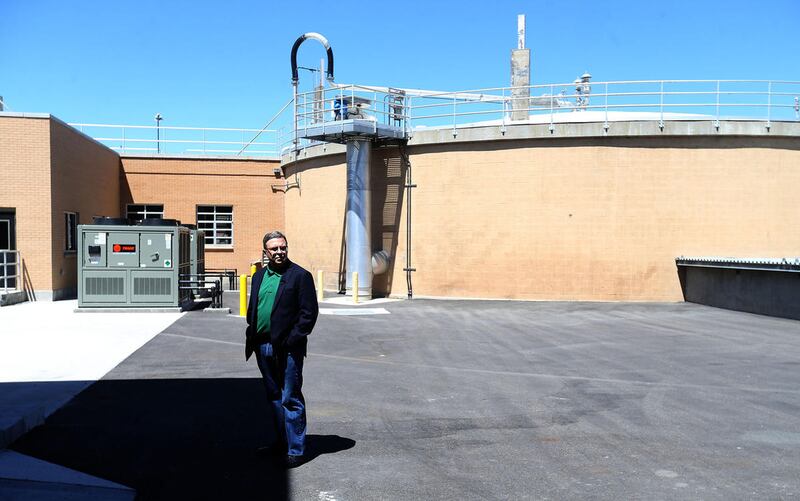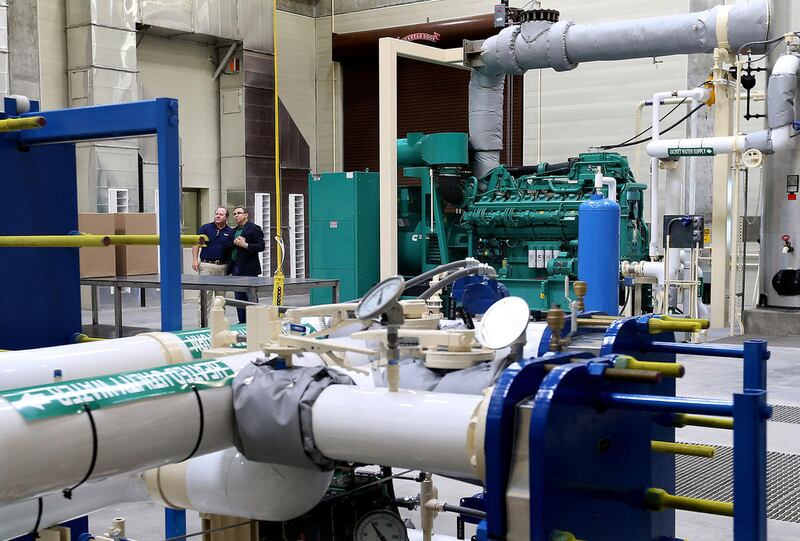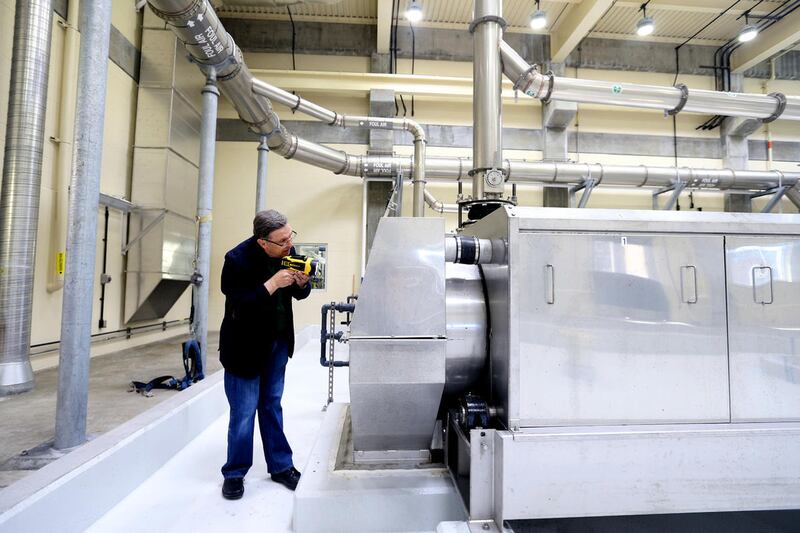SYRACUSE — The North Davis Sewer District has expanded its wastewater treatment facility in anticipation of growth in the region. But it will do much more than treat human waste.
On a 70-acre site in northwestern Davis County, the wastewater treatment facility can process 20 million gallons of waste every day. Yes, all the stuff people flush down the toilets comes here.
“Our service area consists of seven cities,” Kevin Cowan, manager of the North Davis Sewer District, said. The district services 215,000 people and many industrial wastewater customers, including Hill Air Force Base.
Friday, plant operators held an open house and gave guided tours to celebrate a four-year, $58 million upgrade. New equipment is more efficient and makes it possible to process twice the amount of waste than in the past.
It was a necessary upgrade, in that population in the region is expected to jump 25 percent in the next decade. “This project is designed to provide capacity through the year 2035,” Cowan said.
One of the byproducts of the waste is methane. This new equipment is harnessing that gas and using it to power electrical generators, which keep the plant running.
The project provided the capability for the plant to generate 100 percent of its process heating needs and 90 percent of its total energy needs in the future, thanks to highly efficient biosolids process design and a new cogeneration facility.
This enables the plant to fuel and heat itself with renewable resources and significantly reduces the amount of power that must be purchased from power companies.
“It represents about $20,000 to $30,000 a month of electricity,” Cowan said.
The district said cleaner engine emission technology will significantly cut the emissions and make it compliant with Utah’s strict air quality standards and control odor.
“Through biological action, the odor is treated,” Cowan said. “You don’t smell any odor. You can stand right next to the biofilter; it eliminates the odors. And the whole reason for doing that, it doesn’t add to the treatment efficiency or it’s not required. It’s just so we’re a good neighbor.”
With all the new upgrades at the location, 4252 W. 2200 South, the district says more than 95 percent of pollutants are removed before the water is released into the Great Salt Lake.
Contributing: Viviane Vo-Duc
Email: kmmcord@deseretnews.com


